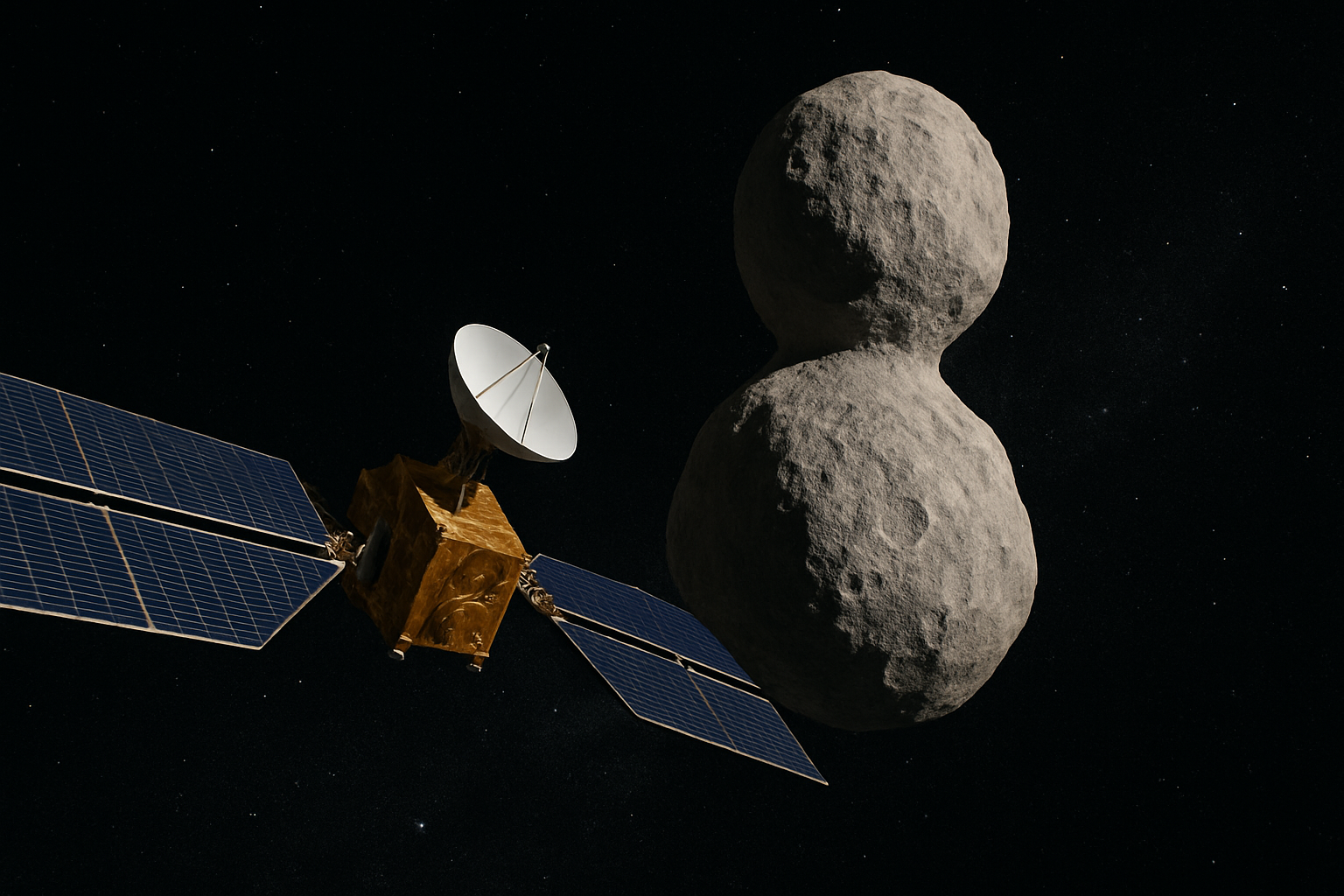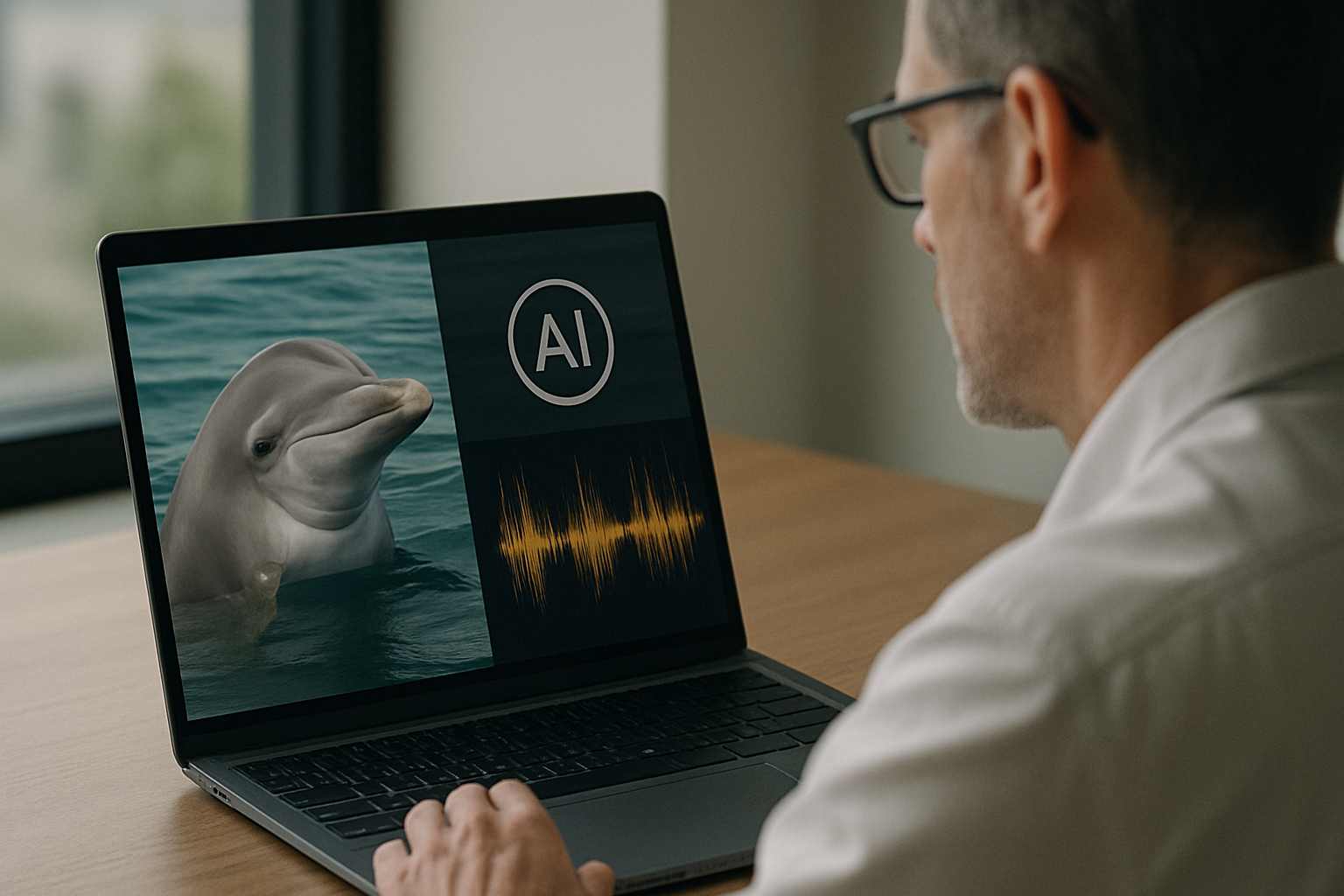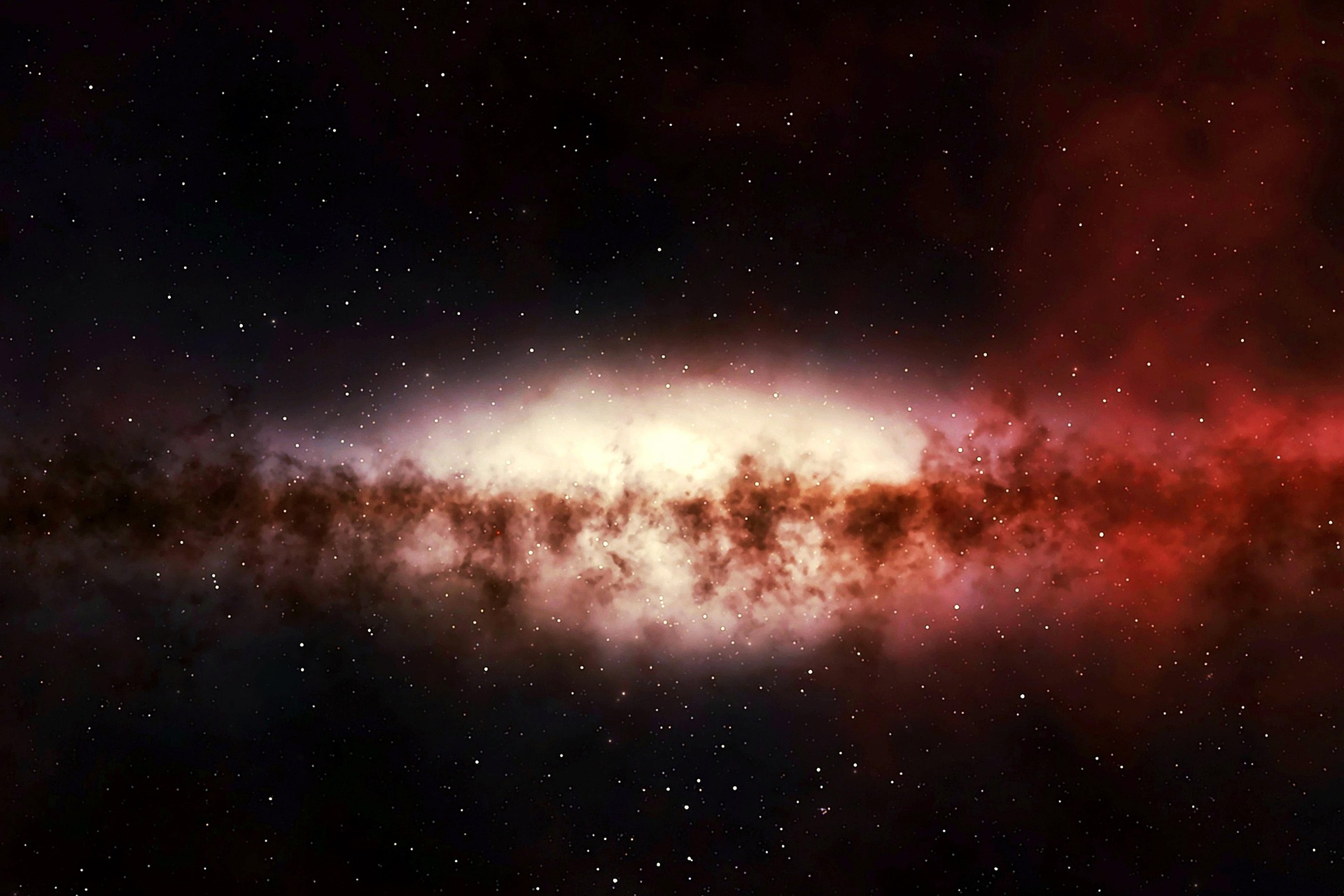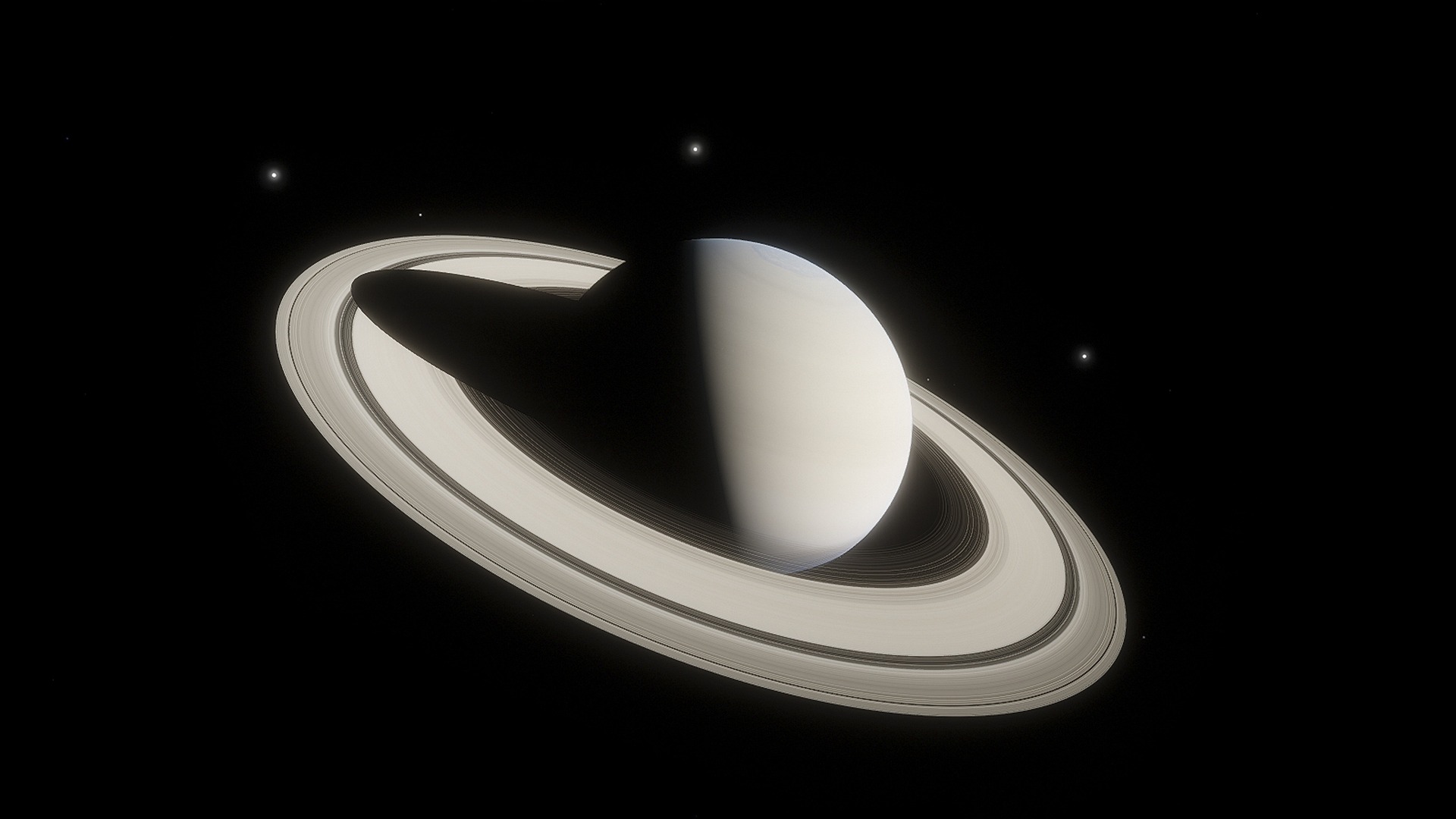On April 20, 2025, NASA’s Lucy spacecraft marked a major achievement by performing a close flyby of asteroid 52246 Donaldjohanson, located about 139 million miles (224 million kilometers) from Earth within the main asteroid belt between Mars and Jupiter. This encounter, which brought Lucy within roughly 600 miles (960 kilometers) of the asteroid, was a crucial test run ahead of its primary mission to explore the Trojan asteroids orbiting near Jupiter.
Revealing Donaldjohanson’s true form
The flyby delivered the first detailed images of Donaldjohanson, revealing it to be a contact binary — an asteroid made up of two distinct lobes joined by a narrow neck, creating a shape similar to a snowman or bowling pin. Prior to the encounter, estimates suggested the asteroid was about 2.5 miles (4 kilometers) long. However, Lucy’s observations showed that Donaldjohanson is actually closer to 5 miles (8 kilometers) in length and around 2 miles (3.5 kilometers) wide, making it significantly larger than previously believed.
Donaldjohanson is classified as a carbonaceous (C-type) asteroid and is part of the Erigone family, which is thought to have formed roughly 150 million years ago from a major collision. The asteroid’s rugged surface, marked by numerous craters and its unusual dual-lobed structure, provides valuable information about the collisional dynamics that have shaped the architecture of our solar system over billions of years.
Lucy’s broader mission
Launched in 2021, the Lucy spacecraft is engaged in a 12-year mission aimed at studying a total of 11 asteroids, including eight Trojan asteroids that orbit the Sun along with Jupiter. The successful flyby of Donaldjohanson not only tested Lucy’s navigation, communication, and scientific instruments but also generated a trove of data that will be crucial for its upcoming encounters.
By examining asteroids like Donaldjohanson, Lucy is helping scientists piece together the early history of the solar system, offering a clearer picture of how planets and other bodies formed and evolved. This flyby represents a major step toward fulfilling the mission’s goal of uncovering the secrets preserved within these ancient celestial objects.





